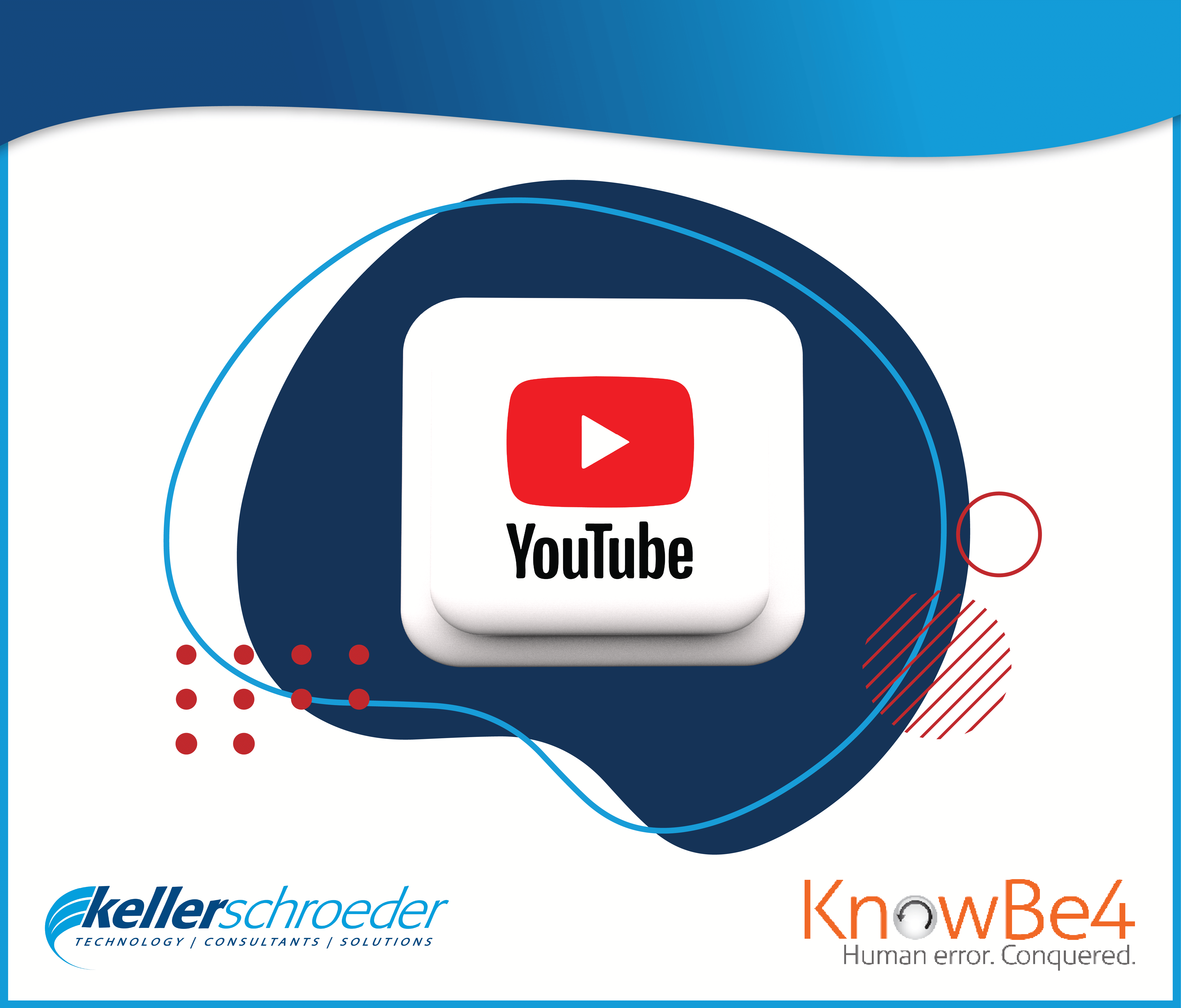
Rob Wilson
Principal Consultant, Greater Nashville Area
When I began this series in March of 2020, I was excited to talk about the future of healthcare. I planned articles on Value-Based Care, telehealth, and interoperability, among other things. Little did I know how future healthcare initiatives would suddenly become pressing priorities, and current initiatives would have to be put on hold. In speaking with dozens of Healthcare IT leaders and hospital CIOs in my network from northern Indiana to the Gulf of Mexico, the theme of the conversations was strikingly consistent: their priorities looked nothing like they did just days before.
A Dramatic Shift in Priorities
Most providers told me they already offered some form of telehealth, but it wasn’t widely adopted. It would now become the primary mechanism for delivering care to non-critical patients. Providers that already offered telehealth had to bring even more of their physicians online in short order. Providers that had future projects planned to rollout telehealth had to implement it immediately instead.
Interoperability became more important as hospital systems, partnering organizations, and government agencies rapidly forged agreements to share information in new ways. Data analytics remained at center stage, although the metrics of yesterday took a back seat to pandemic related dashboards for monitoring supply chain concerns, scheduling issues, and scaling challenges.
The increase in people working from home presented challenges of its own. Virtual Private Networks (VPN) and call center solutions needed to scale suddenly. Desktop virtualization and cybersecurity solutions got even more attention than before. Help desks had to be scaled up to take calls from folks setting up their remote environments. As partners and manufacturers came together to assist, it truly is remarkable what most healthcare organizations have been able to pull off. Unprecedented pivots – and this is just on the IT side of things!
 Information Is Fluid, But Your Framework for Delivering It Should Be Solid
Information Is Fluid, But Your Framework for Delivering It Should Be Solid
There is a particular topic that has been top of mind for me lately, despite it not being central in many of these conversations: communication challenges. Don’t get me wrong – collaboration came up in practically every discussion. However, I’m talking specifically about crisis management and a platform for providing a single version of the truth for your constituents. Information overload is in full effect, and misinformation is rampant as ever. I’m not talking about inconsistent or unavailable COVID-19 case data, which is certainly an important topic for another day. Rather, I’m referring to the Standard Operating Procedures and guidelines that tell your employees how to behave, how to respond, and what to expect. Here are just a few things I’ve observed:
- Administration needs to be current on what the CDC and government officials are saying to the public.
- Providers need to be able to communicate their general guidelines and contingencies to their constituents.
- Provider staff need to be aware of what their administration is telling their constituents so they can respond consistently.
- Frontline employees need to be able to report issues that need attention.
- Some organizations did not have a sound system in place to get the right information to the right people at the right time.
I’m fully aware that our current crisis is unprecedented in our Information Age. Essentially, we are laying the tracks as the train travels down them. There is much we don’t know about COVID-19, including how it started, how it spreads, and how to best treat it. While our understanding is evolving and our response is a work in progress, how information has been collected and shared is out of control. While some facts are still “to be determined,” the framework for how the facts are distributed should have been decided well in advance of this crisis.
The Confusion Is Real
Patients have been given conflicting information about when, where, and how to be tested and treated. Traditional media hype is compounded exponentially by social media hyperbole and even non-compliant healthcare workers sharing unofficial information on social media outlets. Compliance departments and public relations departments are just as overwhelmed as administrators and clinicians. Your constituents need to receive your message despite the noise at record volumes.
How an organization implements knowledge sharing can vary, but you certainly need a plan with a satisfactory level of adoption. Sometimes a sign on the door is not enough. Your staff needs to know where to go to read your version of the truth. If you don’t have a system in place, now is a great time to start. You might even already own all the tools you need to implement the plan. If so, it is just a matter of designing and implementing your approach. For all the talk recently about collaboration tools such as Zoom and Microsoft Teams (they have their place), I want to take a step back and talk about the tried and true (and sometimes disparaged) Microsoft SharePoint. Half of the people reading this just leaned in, and the other half rolled your eyes. Again, it’s one solution of many, so before you stop reading, let me explain my endorsement.
A Solution for Information Sharing
You need one place where the people in your organization go to get the information you believe is important. You need to be able to know who has read that information, and perhaps even get an acknowledgment. You need a platform for people to send in their suggestions, report incidents, and respond to surveys – and you need workflows for publishing and approving. You need forms and workflows for frontline employees to request supplies, know their requests have been received, and be informed of their delivery. Finally, you need to be able to develop all this as quickly as possible on a platform that is validated and compliant.
Many of the things you need are available in SharePoint out of the box; it just needs to be customized. For example, several years ago, we developed a crisis response solution for a global nutritional manufacturer. Their customer service reps were able to respond instantly and consistently to calls that overwhelmed their call center and emails that flooded their inboxes. Similar to now, a natural disaster had impacted a huge segment of its customer base. The core features of SharePoint provided 80% of the solution. We designed and developed a friendlier user experience with type-ahead search for finding the right response scripts quickly, along with advanced content approval workflows for maintaining them.
We have tailored solutions for incident reporting and compliance workflows. Another important and relevant custom solution was a visualization feature to allow employees to see instantly if the content has changed since they last read it, and the administration can know in an instant who still needs to read a bulletin. We’ve developed read and acknowledge functionality for important content, project management solutions, feedback forms and workflows, suggestion forms, requisition requests, document management solutions, etc. All of the above are more important than ever when communicating your protocols and support to your staff. We’ve even custom-developed alerting tools, so your staff is notified immediately via text messages or push notifications for content of high importance.
An Ecosystem for Expansion
Again, there are formidable competitors, but a differentiator for SharePoint is its integration with other solutions in the Microsoft ecosystem, such as Teams, OneDrive, and the Power Platform (Power BI, Power Apps, Power Automate, and Power Virtual Agents). Learn more about these solutions at https://powerplatform.microsoft.com/en-us/. These tools expedite the collection, analysis, and distribution of information.
Focus on What You Can Control; Share What Matters
No doubt you’ve heard the advice to focus on what you can control and not on the things you cannot. Let’s face it, much of the information that is propagating public and private domains right now is incorrect, irrelevant, or inconsistent. Be a part of the solution. While it is not necessarily practical to have a plan for unprecedented events, it is both practical and prudent to have a framework for communicating the plan as it comes together. Share with us what has worked for you, and please reach out to learn what has worked for us and our clients.
We are beyond grateful for those working on the frontlines of this crisis. First responders, critical care teams, administrators, Healthcare IT departments, compliance teams – all overwhelmed and fatigued by information and changing rules. Eliminate some of the strain and protect your employees by having a good system in place for information flow.
If our team can help in any way, let’s have a conversation about healthcare IT. Please do not hesitate to reach out to a Keller Schroeder Account Manager.




